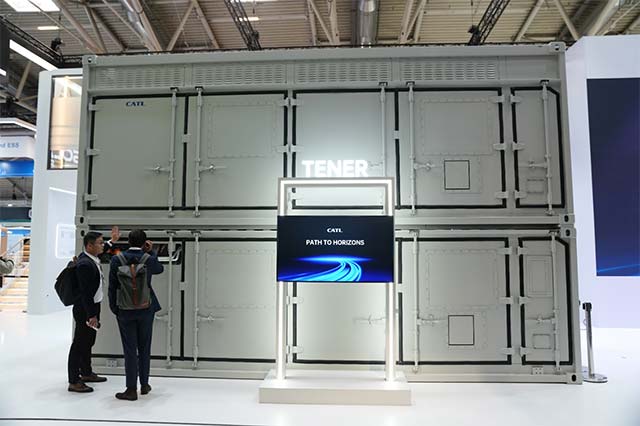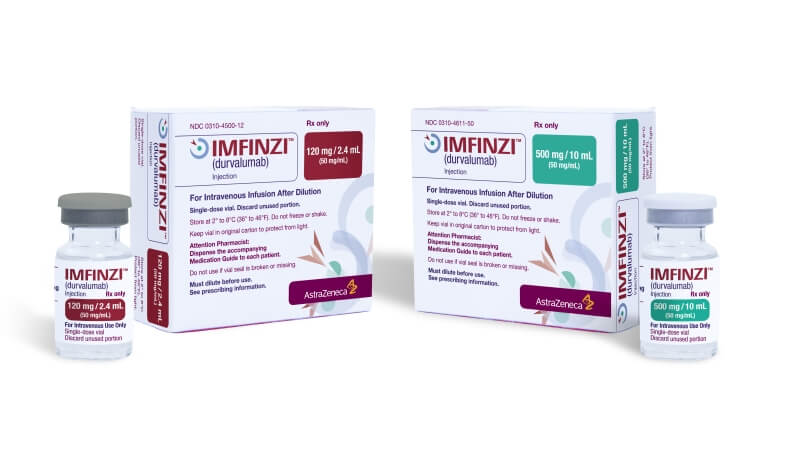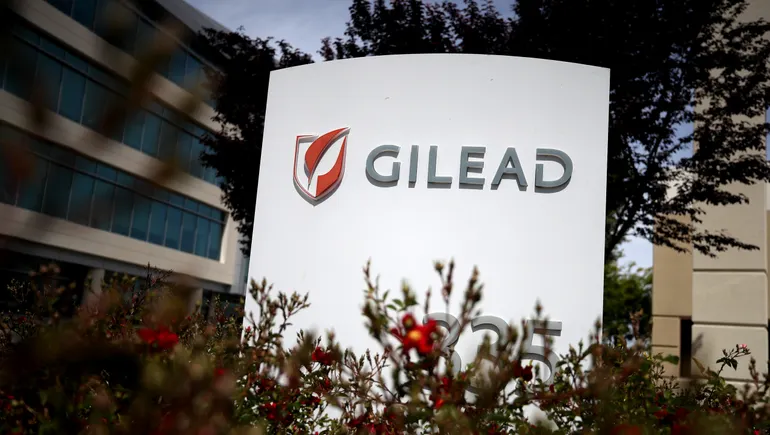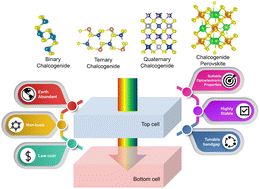Development of DNase‐1 Loaded Polymeric Nanoparticles Synthesized by Inverse Flash Nanoprecipitation for Neutrophil‐Mediated Drug Delivery to In Vitro Thrombi
Advanced Healthcare Materials, EarlyView.

DNAse I nanoparticles (DNPs) can be efficiently synthesized using inverse Flash NanoPrecipitation, with a loading efficiency of 95%. DNPs preserved DNAse enzymatic activity. The DNPs release an enzyme capable of degrading DNA in Neutrophil Extracellular Traps, a structural component of blood clots. Neutrophils loaded with DNPs ex vivo can deliver the cargo to pre-formed clots in vitro.
Abstract
Activated neutrophils release Neutrophil Extracellular Traps (NETs), comprising decondensed chromatin, peroxidases, and serine proteases, which aid in host defense but are also implicated in thrombosis and resistance to thrombolysis. Recombinant DNase 1, which degrades NETs, may aid in thrombus dissolution synergistically with fibrinolytics. However, its short half-life and susceptibility to plasma proteases limit its therapeutic applicability. To address these limitations, DNase1 is encapsulated into polymeric nanoparticles (DNPs) using inverse Flash Nanoprecipitation (iFNP), a scalable nanoparticle synthesis technique. Previously only used with model proteins, the study demonstrates for the first time the feasibility of extending iFNP to the encapsulation of therapeutic proteins. Conditions that promote DNase1 solubility, preserve activity, and demonstrate release resulting in ex vivo NET degradation are detailed. Furthermore, the use of neutrophils, the source of NETs, as carriers for DNPs to enhance targeted delivery is investigated. These findings confirm that DNP-loaded neutrophils maintain key functionalities, including viability and oxidative burst, and associate with in vitro blood clots to deliver nanoparticles, and DNase1 protein. This study not only extends the feasibility of applying iFNP to encapsulate therapeutic proteins into polymeric nanoparticles, a promising alternative to lipid nanoparticles, but also contributes to the emerging literature on neutrophils as delivery vectors for nanocarriers.

















































































































































